There is no need for a time machine in order to take in the sights, sounds, and smells of a medieval street in England. Visit the city of York and take a stroll up “Europe’s best preserved street,” also known simply as “The Shambles.” It should come as no surprise that this cobbled-street jewel in the heart of York has been accorded such a status, as it is the custodian of a tradition that dates back 900 years and is still treasured by tourists today who value authenticity on this level.
The fact that the street was mentioned for the first time in 1086 in the Domesday Book, a book that William the Conqueror commissioned, is evidence that it has been around for a very long time.
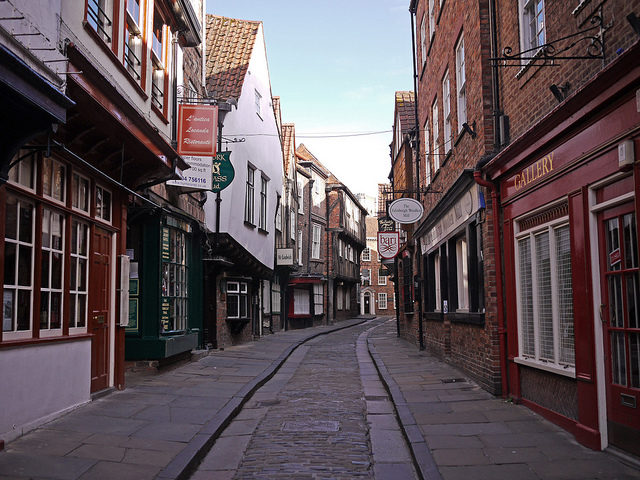
In addition to being the name of a well-known street in York, the word “shambles” is also a term that is used to describe a network of several winding, narrow streets and alleyways that come together to form a maze. It was also used to refer to a street filled with butcher shops and the business of selling meat in general. The word’s derivation may be traced back to the Anglo-Saxon word “shamel,” which can be literally translated as a stand for selling meat. This word is the primary source of the word’s origin. This name eventually morphed into “flesshamels,” which are shelves for meat and were historically the most important component of nearly every butcher shop.
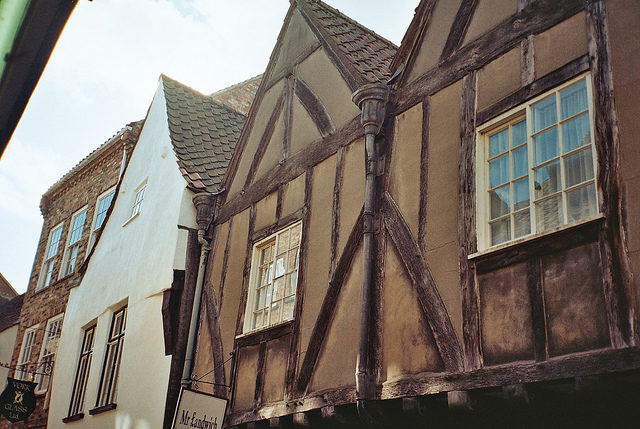
This onomastic study zeroes in on the primary function of The Shambles, which was to serve as the location of the primary meat market in the region surrounding York. At this market, the butchers would put their wares out for exhibition on a weekly basis. Along this stretch of road were a number of butcher shops and houses, some of which had slaughterhouses attached to the rear of the properties.
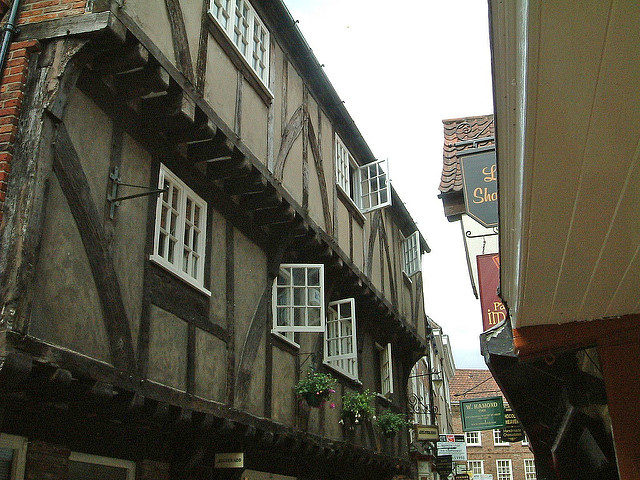
Clients reportedly chose their portions of meat from the front of the residences, which indicates that this infrastructure was very well organized and offered a steady supply of fresh meat to the customers. Either the meat was displayed for sale by being strung up in front of the shops or it was set out on the window sills. A handful of the original butcher’s hooks can still be seen hanging on the fronts of the stores or below the windows in the modern day. Tourists can spot these hooks if they look closely.
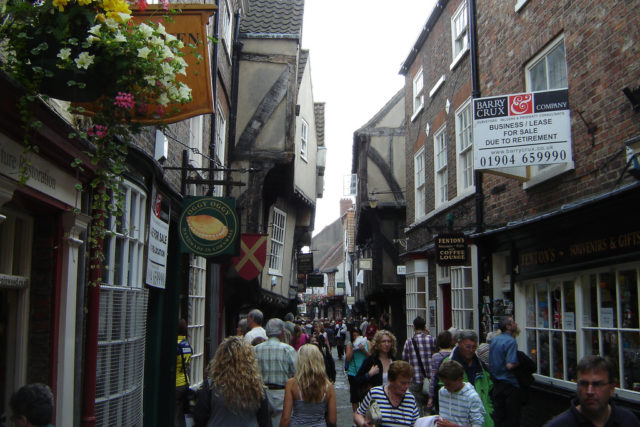
Since there were over 30 butcher shops in the Shambles at the turn of the 19th century, it is only natural that a significant quantity of offal and blood would need to be disposed of in some other location. At the time, the city of York did not have a modernized sewage system; therefore, the waste from the killed animals had to be sent down a canal that had been formed to the side of the pavements at least twice per week.
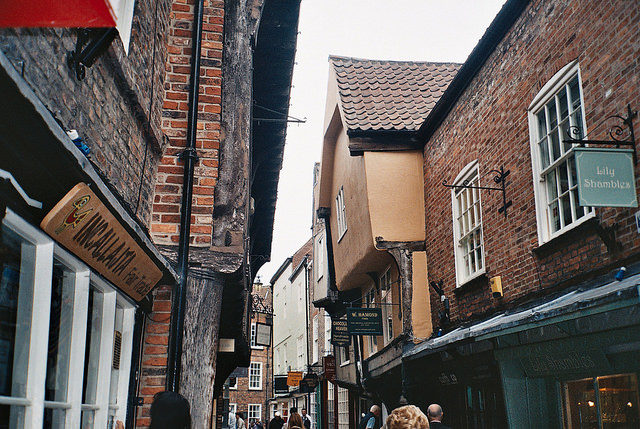
The architecture of The Shambles, which dates back to the middle of the 14th century, may be examined in great detail by taking a trip through the area. It is almost impossible not to get the sense that the roofs of the timber-framed buildings are bumping into each other. It is as if the structures are bending toward the middle of the street in an attempt to make contact with their neighbor directly across from them.
According to the report, the position of the buildings cast a shadow on the walls below, which prevented the meat from being directly subjected to sunlight and heat.
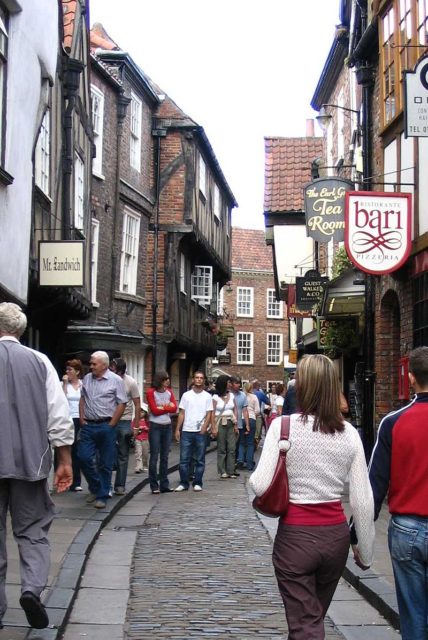
The residence of Saint Margaret Clitherow, also known as the Pearl of York, stands out among the numerous enticing buildings because of the significance it holds. This building is known as the Pearl of York. Margaret was taken into custody when she attempted to conceal Catholic priests and vestments in her home. She wasn’t canonized until the later centuries, and it wasn’t until the 1970s that her home was transformed into a shrine.
The beautiful cafes, boutiques, restaurants, and souvenir shops that once stood in the butcher’s shops on The Shambles have since been replaced by other types of businesses. The lower levels of the buildings are where the tiny shops are located, while the upper levels protrude over the lower levels.